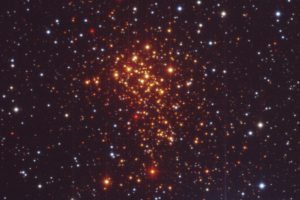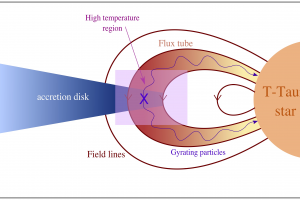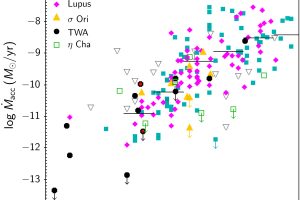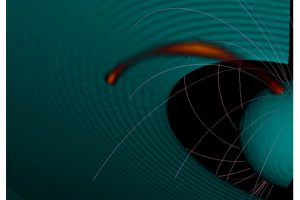Shedding lights on the mechanism responsible for the formation of Hot Jupiters. The study: “Gas, not dust: Migration of TESS/Gaia hot Jupiters possibly halted by the magnetospheres of protoplanetary disks” of I. Mendigutia (CAB) appeared on A&A

Hot Jupiters are gas giants that orbit at distances less than 0.1 AU from their host star. But what determines the final orbital radius of these planets? In intermediate-mass stars, it seems to be the dispersion of gas in their protoplanetary disks. Hot Jupiters are a class of exoplanets that are not found in our Solar System. They are
» Read more



